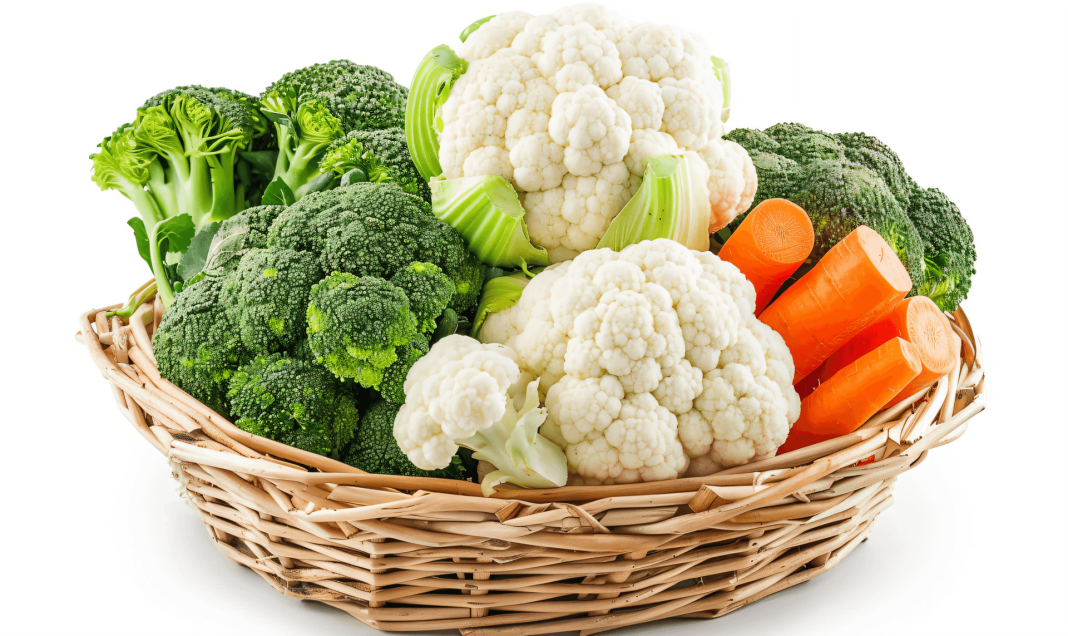This content is provided by the Pioneer Bird Blood Sugar Management Software! It helps you record blood sugar, blood pressure, and other health indicators, provides free tasting of sugar-free foods, and customizes diet and exercise plans to accompany you in controlling sugar.
Diabetes is a common chronic disease, and the number of diabetes patients in our country has exceeded 100 million. For diabetes patients, dietary regulation is key to controlling blood sugar. So, how can diabetes patients eat to make blood sugar more stable and healthier? This article will introduce you to the diabetic diet guide in detail.
1. Principles of Diabetic Diet
Control total calories: Diabetes patients should reasonably control their daily calorie intake based on factors such as their condition, weight, height, age, etc.
Balanced nutrient intake: Ensure adequate intake of protein, fat, carbohydrates, vitamins, and minerals to meet the body’s needs.
Low sugar, low salt: Reduce intake of sugar and salt to help control blood sugar and blood pressure.
High fiber: Increase dietary fiber intake to help lower blood sugar and cholesterol.
Eat small meals frequently: Adjust the three meals a day to 5-6 meals, which is beneficial for stable blood sugar levels.
2. Forbidden Foods in Diabetic Diet
High sugar foods: Such as candies, sweet drinks, cakes, ice cream, etc., these foods can cause a rapid increase in blood sugar levels.
High-fat foods: Such as fried foods, animal organs, butter, etc., excessive intake of high-fat foods can lead to complications such as obesity and abnormal blood lipids.
High salt foods: Such as salted fish, salted meat, pickles, etc., long-term intake of high salt foods can increase the burden on the kidneys and induce high blood pressure.
Alcohol: Alcohol can disrupt the normal secretion of insulin, leading to blood sugar fluctuations.
3. Dietary Recommendations for Diabetes
Whole grains: Such as oats, brown rice, corn, barley, etc., these foods are rich in dietary fiber, which helps lower blood sugar.
Legumes: Such as tofu, soy milk, mung beans, red beans, etc., legumes are rich in high-quality protein, dietary fiber, and minerals, which are beneficial for diabetes patients.
Vegetables: Eat more leafy vegetables, fungi and algae, melons and eggplants, etc., these vegetables are rich in vitamins, minerals, and dietary fiber, which helps control blood sugar.
Fruits: Choose low-sugar fruits, such as apples, pears, oranges, cherries, etc., and consume them in moderation.
Meat: Moderate intake of lean meat, fish, shrimp, poultry, etc., to supplement high-quality protein.
Based on following the principles of the diabetic diet, patients can use intelligent tools such as blood sugar management assistants to monitor blood sugar changes in real time, in order to adjust diet and medication. In addition, some public welfare activities for diabetes in our country provide opportunities to receive free sugar-free foods. Patients can pay attention to relevant information and make reasonable dietary arrangements.
Summary: Dietary regulation for diabetes is key to controlling blood sugar. As long as patients follow the dietary principles, avoid forbidden foods, diabetes patients can make blood sugar more stable and healthier. By using tools like blood sugar management assistants, participating in public welfare activities, the lives of diabetes patients will be even better.


